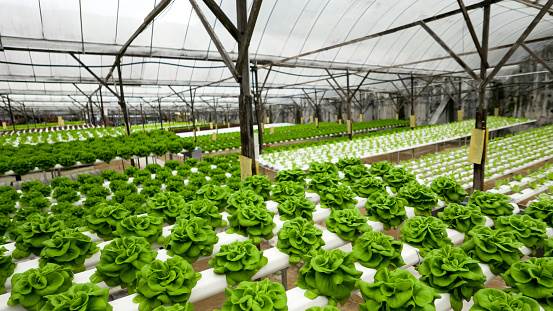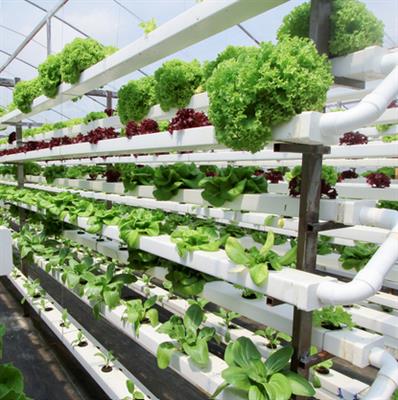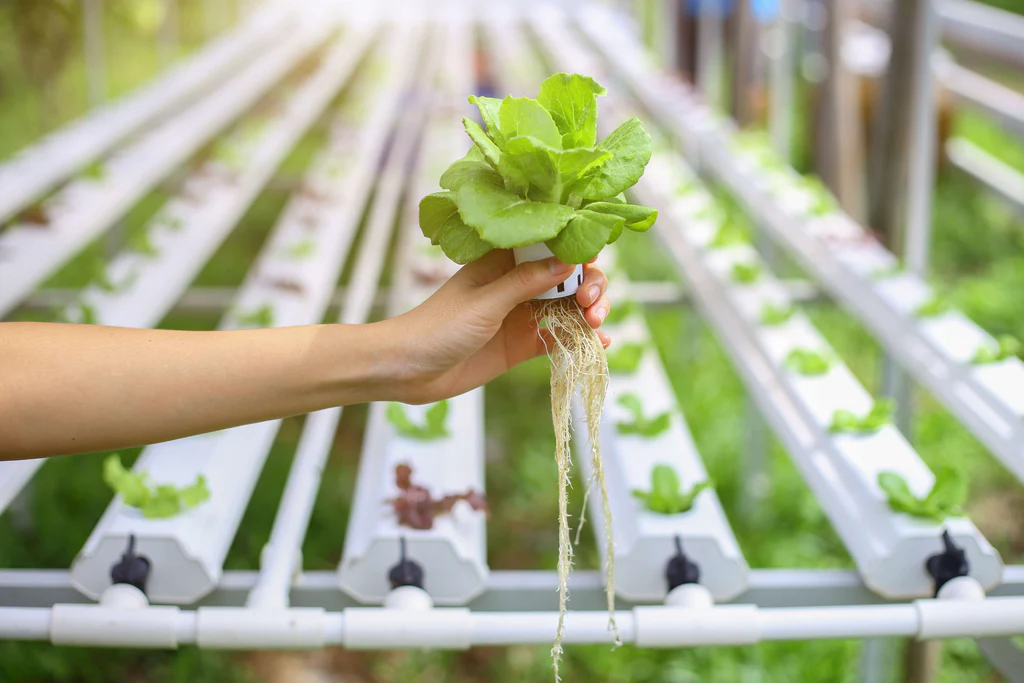Certainly! Hydroponics is a method of growing plants without soil, using mineral nutrient solutions in an aqueous solvent. Here’s a brief introduction:
- Soil-less Cultivation: In hydroponics, plants are grown in a water-based environment. The roots are supported by an inert medium such as perlite, rockwool, clay pellets, or peat moss.
- Nutrient Solution: Plants receive their nutrition from a carefully mixed solution of water and essential minerals, which is delivered directly to their roots.
- Controlled Environment: Hydroponic systems allow for precise control over environmental conditions such as temperature, humidity, light, and the composition of the nutrient solution.
- Efficiency and Sustainability: Hydroponics can be more water-efficient than traditional soil-based agriculture and can be used in places where soil quality is poor or where space is limited, like urban areas or space stations.
- Types of Systems: There are several types of hydroponic systems, including the wick system, deep water culture (DWC), nutrient film technique (NFT), ebb and flow (flood and drain), drip systems, and aeroponics.
- Advantages:
- Faster Growth: Plants in hydroponic systems often grow faster and produce higher yields.
- Less Pests and Diseases: With no soil, there are fewer pests and diseases to manage.
- Year-Round Growing: Controlled environments allow for year-round cultivation, regardless of outdoor weather conditions.
- Challenges:
- Initial Cost: Setting up a hydroponic system can be expensive.
- Maintenance: Systems require regular monitoring and maintenance to ensure optimal plant growth.
Hydroponics is a fascinating field that combines technology with botany, offering a sustainable alternative to traditional farming methods. It’s particularly useful for growing food in non-arable regions or in urban settings where space is at a premium.



